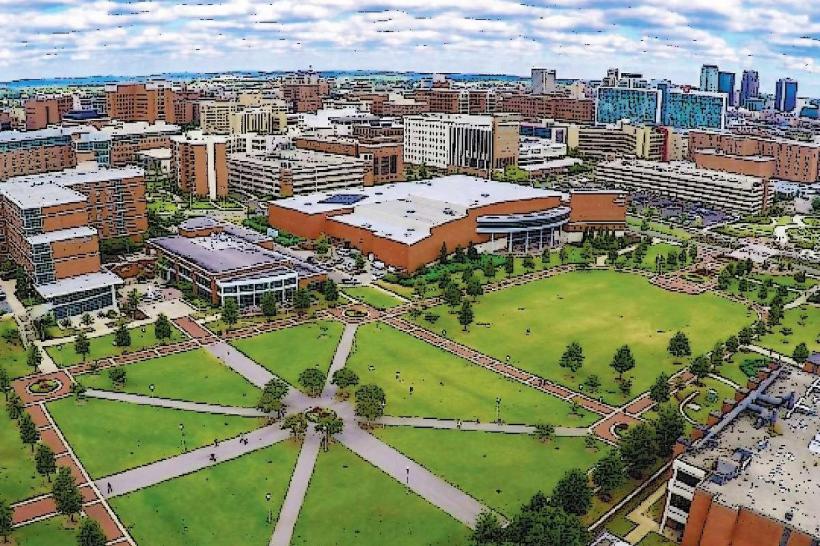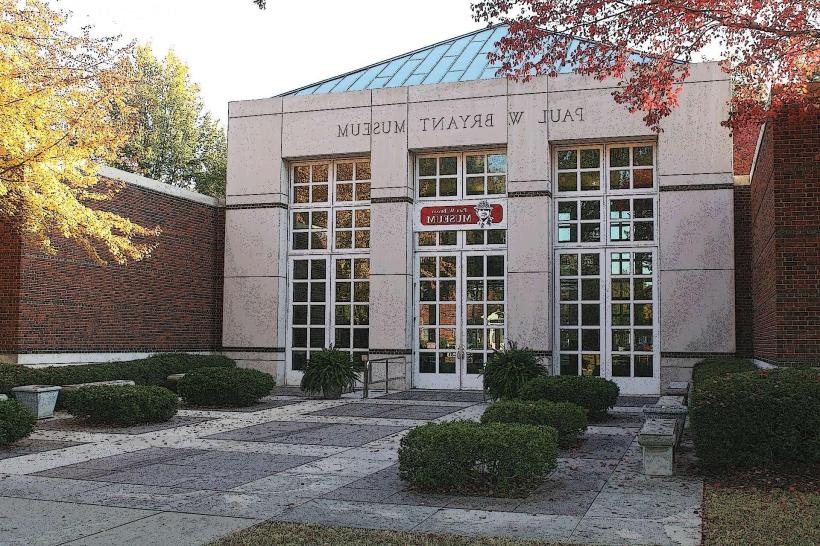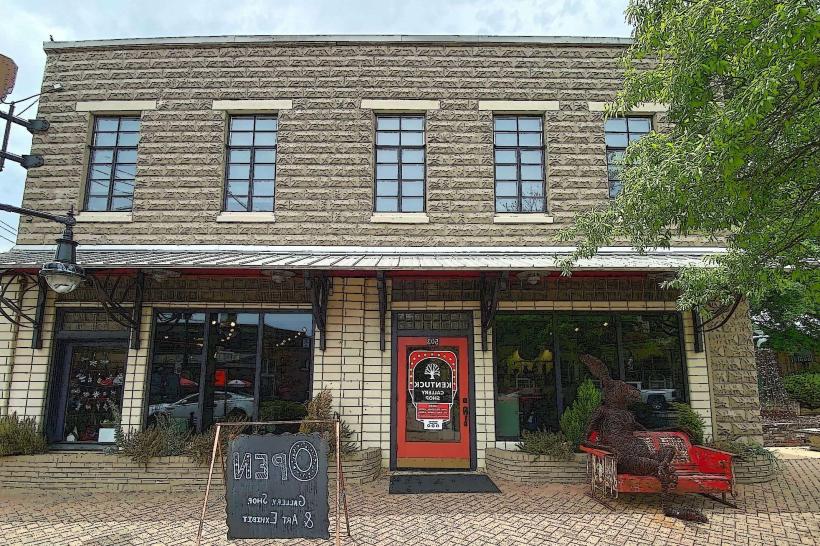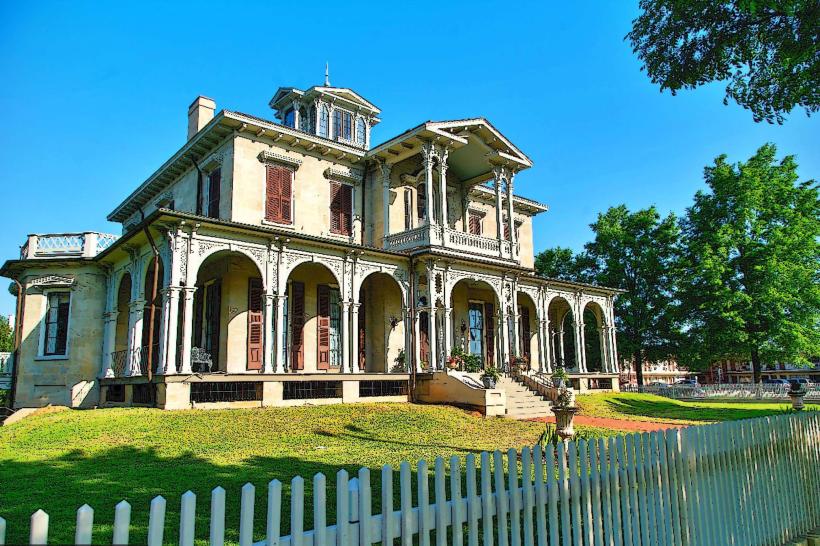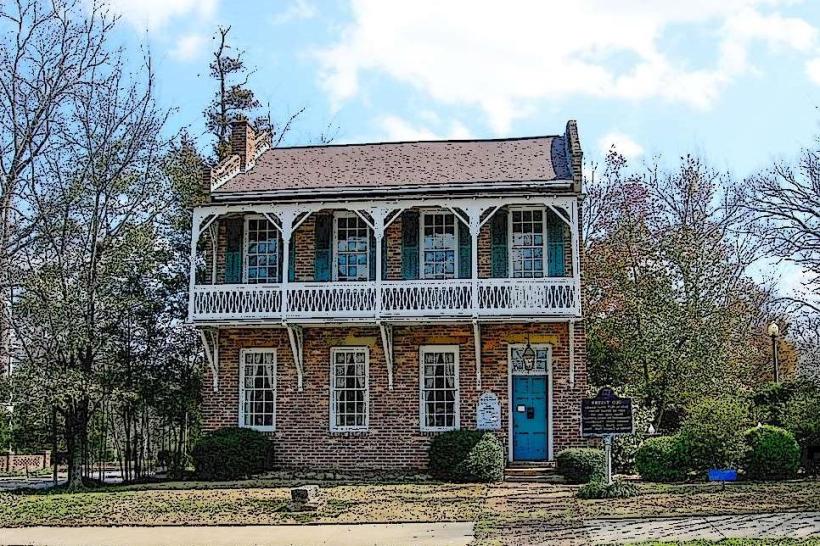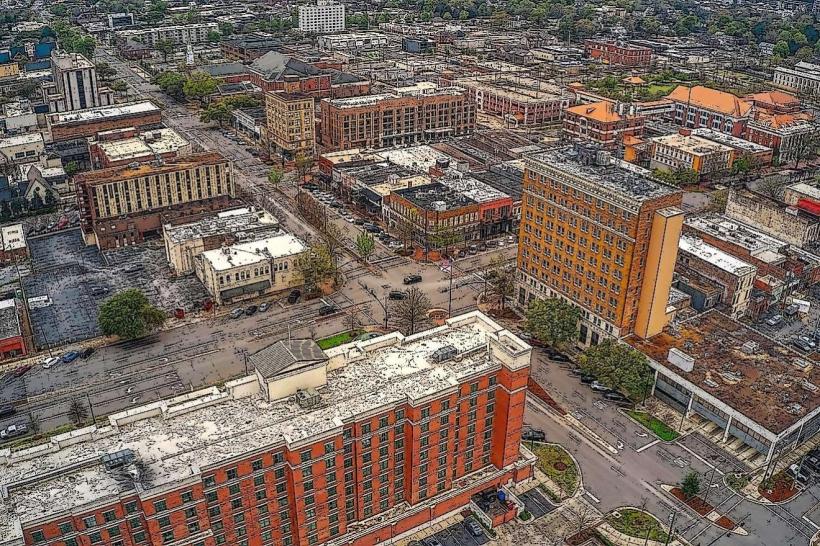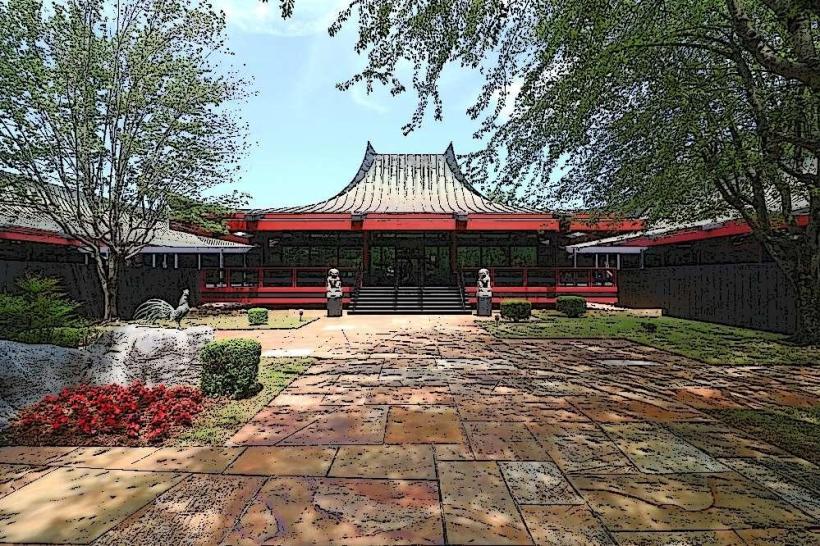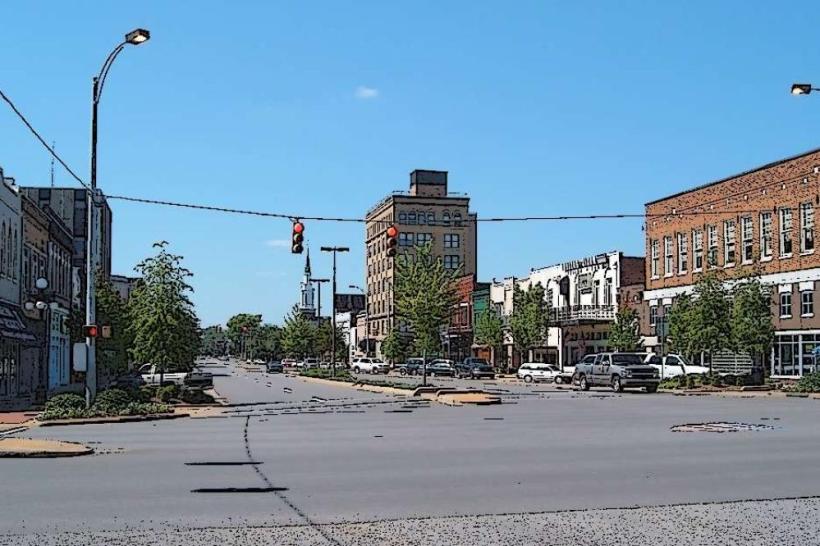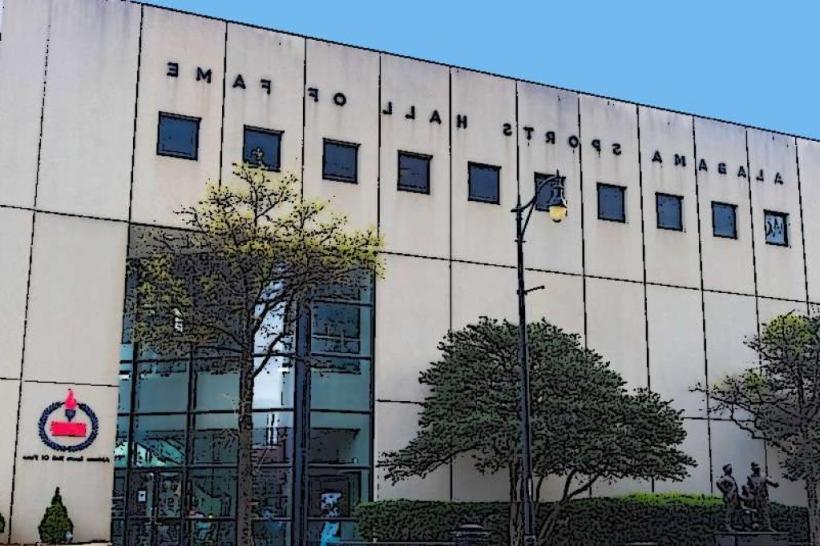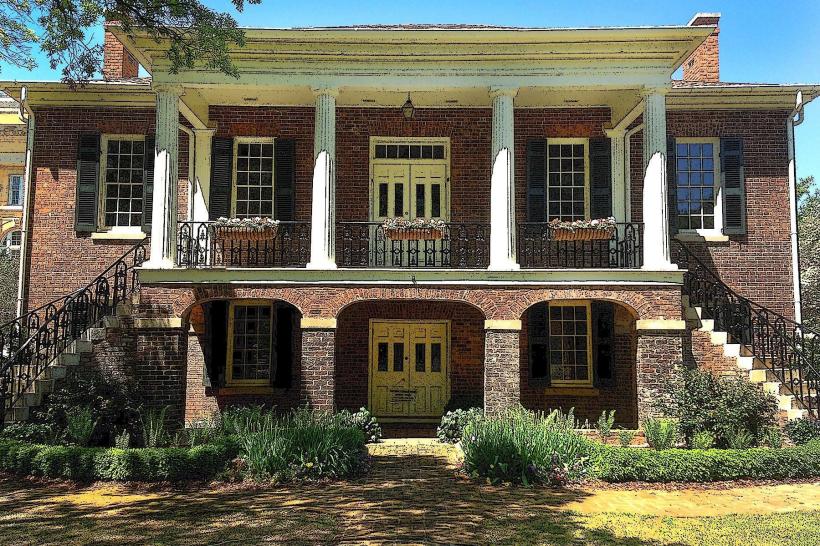Information
Landmark: Bryce Hospital museumCity: Tuscaloosa
Country: USA Alabama
Continent: North America
Bryce Hospital museum, Tuscaloosa, USA Alabama, North America
The Bryce Hospital Museum in Tuscaloosa offers one of the most unique and thought-provoking heritage experiences in Alabama. It is housed within the historic Bryce Hospital, once the state’s primary psychiatric facility and among the most significant mental health institutions in the South. The museum provides a window into the evolution of mental health care, the architecture of 19th-century institutions, and the human stories connected to the hospital.
History of Bryce Hospital:
Founded in 1861, Bryce Hospital was originally known as the Alabama State Hospital for the Insane. It opened just before the Civil War, designed under the Kirkbride Plan, a progressive 19th-century architectural style emphasizing large, light-filled buildings surrounded by landscaped grounds.
Its first superintendent, Dr. Peter Bryce, became a national leader in humane psychiatric treatment. He implemented progressive policies that included patient occupational therapy, a focus on dignity and respect, and rejection of harsh physical restraints, which were common at the time.
Over the decades, Bryce became one of the most recognized psychiatric hospitals in the South. By the mid-20th century, however, it struggled with overcrowding and declining conditions, leading to a major reform movement in Alabama mental health care.
The hospital’s historic building, a sprawling Italianate-style brick structure, has been preserved as part of the University of Alabama Campus and remains one of the largest surviving Kirkbride-plan asylums in the United States.
The Museum:
The Bryce Hospital Museum was created to preserve and interpret this layered history. It is located within part of the original complex and is dedicated to:
Medical History: Exhibits documenting the evolution of psychiatric care, treatments, and hospital practices from the 19th century through the modern era.
Dr. Peter Bryce’s Legacy: A tribute to his humane reforms and influence on psychiatric practice nationwide.
Patient Life: Artifacts, photographs, and personal stories that show how patients lived, worked, and were treated inside the institution.
Architecture and Preservation: Displays on the Kirkbride Plan design, the Italianate style, and the ongoing preservation efforts of the massive structure.
Civil Rights and Mental Health Reform: Coverage of pivotal lawsuits and reforms in the late 20th century that reshaped the hospital and mental health care in Alabama.
Visitor Experience:
The museum is modest in scale but deeply engaging, with carefully curated displays that balance sensitive topics with educational interpretation.
Visitors walk through rooms filled with medical instruments, historic documents, photographs, and restored spaces that illustrate what life was like at Bryce across different eras.
Guided tours, when available, enrich the experience with detailed stories about the institution’s role in Alabama’s social and medical history.
Cultural Significance:
Bryce Hospital and its museum serve as a reminder of the progress-and the struggles-in the treatment of mental illness. It honors the pioneering work of Dr. Bryce while also confronting the challenges of institutional care, overcrowding, and patient rights. For Tuscaloosa, the museum is both a historical landmark and a cultural asset that connects the university, the city, and the state’s broader history.
Visitor Tips:
Visits are best arranged through the University of Alabama, which manages the historic site.
Because of the sensitive nature of the exhibits, the museum is most appropriate for adults and older students with an interest in history, medicine, or social reform.
Photography may be restricted in some areas, particularly where artifacts are fragile.
Allow at least an hour to walk through the exhibits and explore the hospital grounds, which remain architecturally striking.
The Bryce Hospital Museum stands as a rare institution that preserves both architectural grandeur and a complex human story, highlighting how Tuscaloosa played a central role in shaping mental health care in Alabama and the nation.



